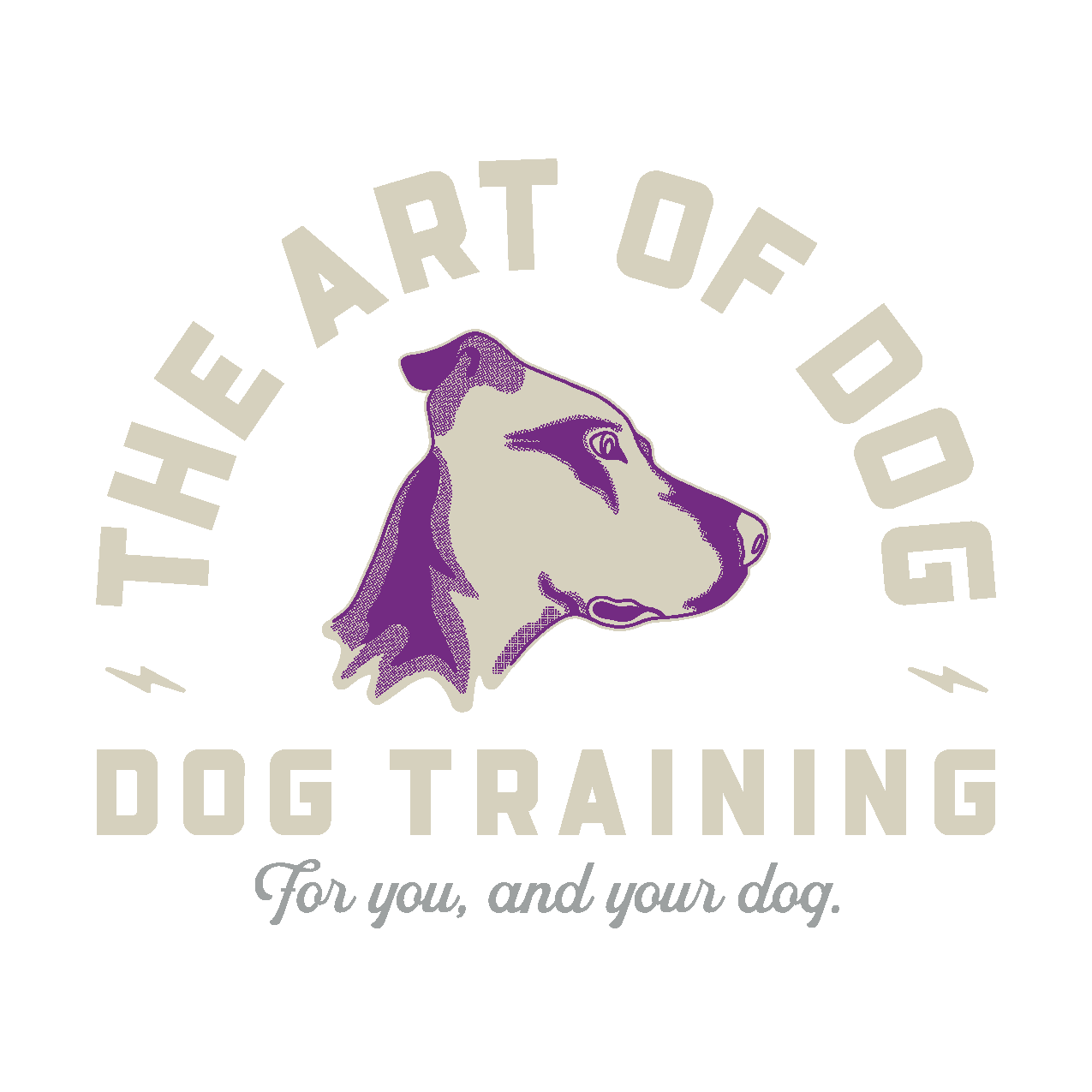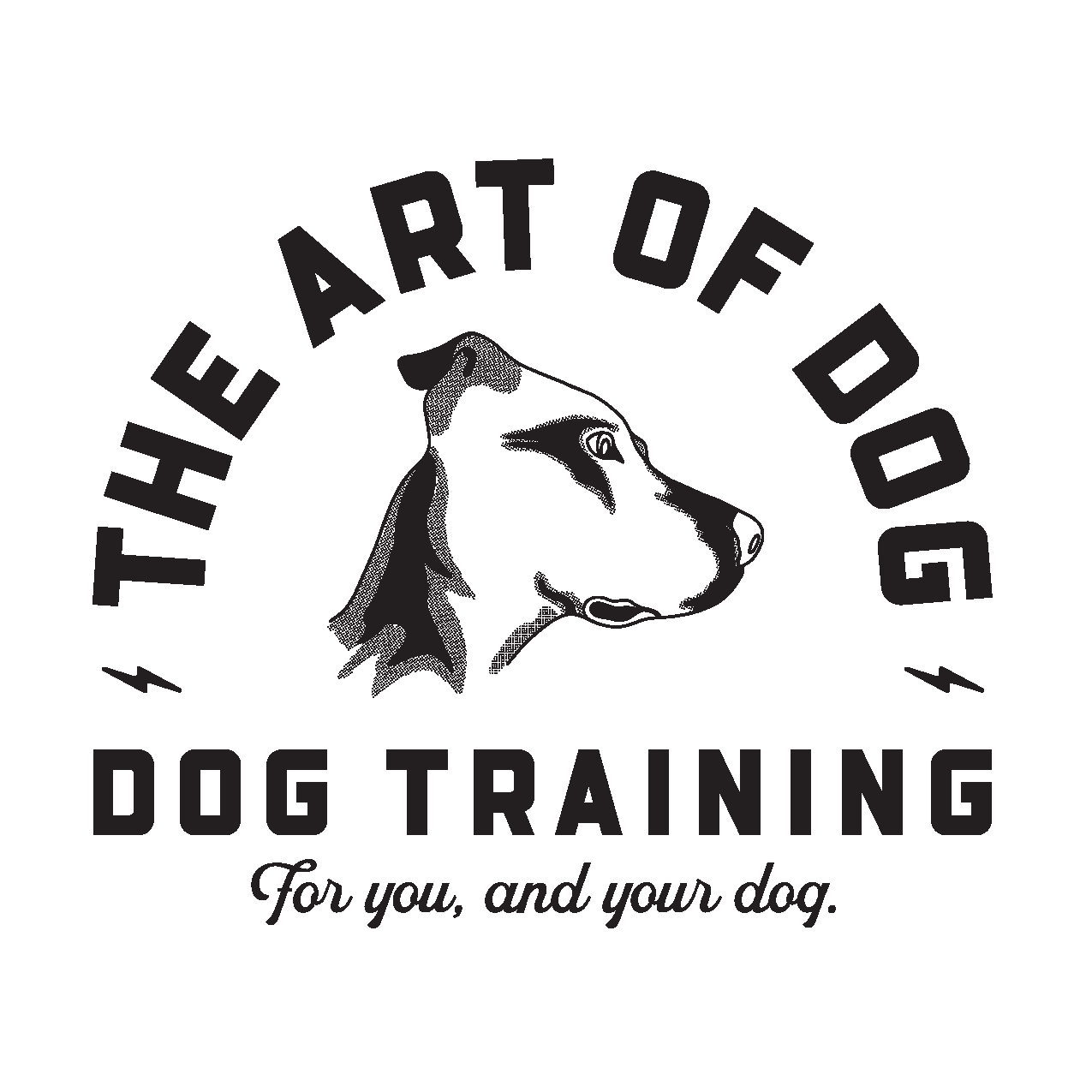What’s that quote about death and taxes being the only two guarantees in life? I cannot quite recall it exactly, and it’s not terribly important, but I can tell you I am consistently misremembering quotes, hence the jumbled mess of notebooks in my house and electronic “notes” in my phone. I like to think that if someone were to describe me, they would use adjectives like “handsome, studly, beautiful, etc…” But the two words that would make me feel so good would be “consistent and fair.” Those two are incredibly important when it comes to training our dogs. Sure, being handsome and having an incredible head of hair into my thirties is important (Have you seen it? Its so thick and luscious; play to your strengths right?) But dogs don’t care about that, colleagues don’t care about that, clients don’t care about that; what they all care about is how you treat the dog.
I have heard through the grapevine that some folks do not like the way I approach training their dogs. I come across as too strict. Militaristic. My answers are short, succinct, direct, clear, and consistent. Sure, I can come across as being a bit of a hard ass, but that’s only because I hate fun, in all forms. However, it’s important to note that if you care half as much as I do about communicating clearly and helping your dog, we’re in good shape. As you begin your journey training your dog, I want to stress to you the importance of consistency. Training does not have to consume your entire life in order for it to be successful, though it must be consistent. My job as a trainer and instagram life coach (joking) is to make sure you can consistently communicate with your dog, speaking their language, and be fair about it.
To be fair is to be consistent. To be consistent is to be fair. Speaking specifically about delivering punishment to your dog for unwanted behaviors. If you’ve trained with me, or know me, you are aware I will use aversive tools in dog training. Im not going to get into the explanation of the tools and why I use them. Just know, that punishment and corrections are not evil words. Delivering punishment to your dog MUST be fair. It also MUST be consistent. Let’s set up a hypothetical situation, and this is definitely hypothetical, I swear it definitely happened…Your mentor, the guy who taught you how to be the dog trainer you are, is at your house, hanging out. You’re enjoying each others company and you’ve decided to open up some adult beverages. You’re sitting on the couch and your dog jumps on your mentors lap, of course taking the shortest route, over the coffee table, and spilling the drink that your mentor is holding all over his lap and the couch, and the dog…he looks at you, disapprovingly. You look back, unsure of what to say, unsure of what to do. You shrug your shoulders and say “Well, he’s allowed to jump on the couch.” You mentor laughs, you laugh, and your mentor says “thats fair.”
Can you guess what the most important part of this story? What did not happen? There was no punishment given to my dog. Why? He jumped on the couch and spilled a beer! How rude! Sure, it may have been rude, but he’s allowed to jump on the couch…whenever he wants…so if he jumps on the couch for the seven hundredth time and he gets a correction for it…well that’s really what’s rude. We must be consistent and fair with our use of punishment. If you don’t want your dog jumping on guests that come into your house, they must be corrected for jumping on ALL guests that come in to your home. I don’t care if your mom or your sister in law don’t mind, it’s not about them; its about teaching your dog that jumping on people is not acceptable. Your dog doesn’t do well with those grey areas like you do. It doesn’t know the difference between your dog loving cousin it has met twice and the twelve year old neighbor. Your dog is either allowed to do it, or it is not allowed to do it.
I have to clarify that when we are delivering corrections, whether it be through a leash or a remote collar; the dog has always been through a form of stress inoculation, in where to dog has experienced stressors prior to the correction, and has the foundational obedience to understand WHY it is being corrected. Example: I will not put a remote collar on a dog and light it up for jumping on a guest. Thats rude. Dont be rude. There is so much more that goes into the process, but I feel it’s important to clarify this, because as my recent endeavors on reddit’s dog training forum have taught me; everyone else is right, and I am inherently wrong, know nothing about dog training, and you can’t my training is outdated and barbaric. These are gross generalizations thrown at me because of my use of aversive tools You can’t help em all I suppose. *Shrugs*
If you follow me on social media, mainly instagram, you have seen a story I posed of myself letting my clients know that I see them being inconsistent with their dogs. I will reiterate what I said: “I see you. I see you being unfair to your dog. I see you using the front clip harness, after you’ve done eight lessons with me and your dog can walk perfectly on a slip lead and is remote collar trained.” This happens far too much. Inevitably it ends up in a follow up lesson, where the dog is put in my hands with its prong collar on, and remote collar on, stressed because Im there. “Why does my dog look so scared?” If you could hear the sigh, you would know how disappointed I am when I have to have this conversation with people. Let’s help your dog. Let’s be fair. Let’s be consistent with how we treat our dogs. Your relationship will be far better for it.



